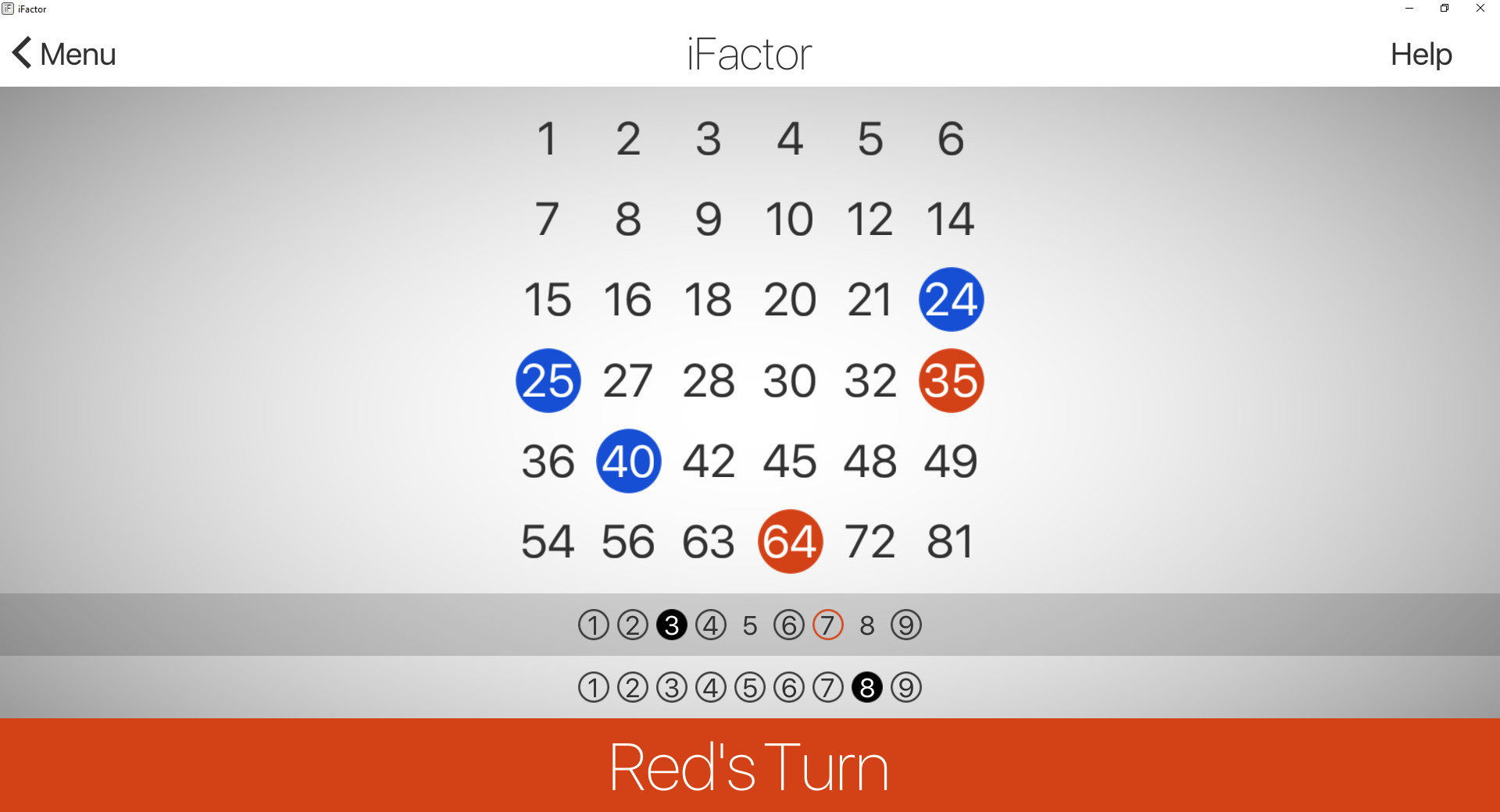
These lecture-notes cannot be copied and/or distributed without permission. Thurstone, was quite frequently used until about 1950 before the advent of large capacity high speed computers. Throughout this note we assume rit is stationary. Let rit be the (excess) return of asset i at time t. Factor Analysis Model Assume a latent random variable is diagonal Equivalently, and are independent. Suppose there are k assets (most often stocks), and T periods.The truth, as is usually the case, In this model, our observations x i 2Rp are related to latent factors z i 2Rq in the following manner: z i iid˘N (0 I q q) x ijz i ind. To distinguish various factor models, the key is to.A general form of the factor model is rit = 0i + 1if1t +::: + mifmt + eit (1) where we assume there are m factors, and fjt is the j-th factor at time t:.Keywords: Factor analysis, I-vectors, General linear model 1. This method of factor analysis, developed by L.L. The model x + y = 10 has 2 unknown parameters and 1 known piece. It is the most common method which the researchers use.

Mapping variables to latent constructs (called "factors") 2. LECTURE :FACTOR ANALYSIS Rita Osadchy Based on Lecture Notes by A. CS229 Lecture notes Andrew Ng Part X Factor analysis When we have data x(i) ∈ Rd that comes from a mixture of several Gaussians, the EM algorithm can be applied to fit a mixture model. Factor analysis in fact describes a family of closely related techniques with a common goal = to describe the pattern of correlations in a data set - Looking for some semblance of structure in the data - You suspect that your data set there are some variables that 'go together' in some psychometric sense, and these patterns may be meaningful Understanding the structure underlying a set of measures ! z k(k n), z~ N(0,I ) x | z ~ N(P / z,< ) P n / nuk < un The parameters of the model x P / z H H~ N(0,< ) z H Example of the generative model of x z1, x 2 » ¼ º « ¬ ª / 1 2 » ¼ º « ¬ ª < 0 2 1 0 » ¼ º « ¬ ª 0 0 P Let rit be the (excess) return of asset i at time t. The method Factor analysis assumes that variance can be partitioned into two types of variance, common and unique Common variance is the amount of variance that is shared among a set of items. Fundamentals of factor analysis: satellite image 5 Sea-level and climate change: coral reefs on stable and emerging. Proponents feel that factor analysis is the greatest invention since the double bed, while its detractors feel it is a useless procedure that can be used to support nearly any desired interpretation of the data. Why Factor Analysis? The Factor Analysis model assumes that X = + LF + where L = f'jkgp m denotes the matrix offactor loadings jk is the loading of the j-th variable on the k-th common factor F = (F1 ::: Fm)0denotes the vector of latentfactor scores For instance. Factor Analysis is a method for modeling observed variables, and their covariance structure, in terms of a smaller number of underlying unobservable (latent) "factors." The factors typically are viewed as broad concepts or ideas that may describe an observed phenomenon.

There are different methods that we use in factor analysis from the data set: 1.

Institute for Statistics and Mathematical Economics University of KarlsruheLecture 13 Principal Components Analysis and Factor Analysis. Lecture 10 | April 30 Lecturer: Lester Mackey Scribe: Joey Arthur, Rakesh Achanta 10.1 Factor Analysis 10.1.1 Recap Recall the factor analysis (FA) model for linear dimensionality reduction of continuous data. Every degree of freedom can be seen as an opportunity to find one extra unknown parameter. Testing of theory ! Please cite this document as: M.W. Notes on Factor Analysis The rst question we need to address is why go to the trouble of developing a speci c factor analysis model when principal compo-nents and \Little Ji y" seem to get at this same problem of de ning factors: (1) In a principal component approach, the emphasis is completely on linear combinations of the observable random. Factor analysis: extraction = principle axis factoring, correlation matrix, unrotated factor solution, based on Eigenvalues (greater than: 1), maximum iterations for convergence: 25 Practical rotation: influences the degree of correlation you can expect (leave delta at 0: keep it the same unless told otherwise). Subsequently, it removes the variance explained by the first factor and extracts the second factor. Documents to be carried on board aircraft easa 7 jun factor analysis lecture notes duxbury high school lacrosse


 0 kommentar(er)
0 kommentar(er)
